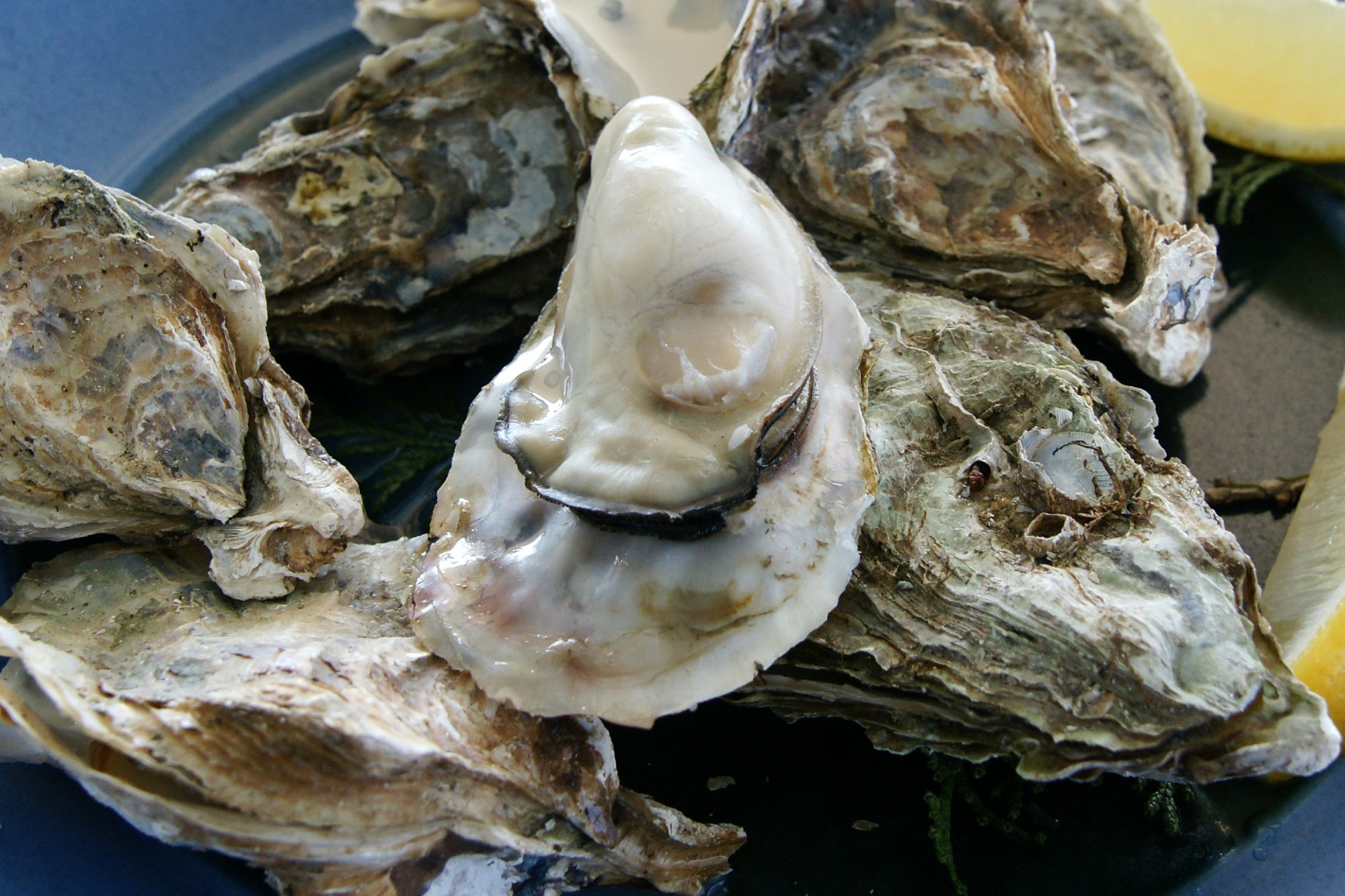Shrimp are great. They taste good, they are easy to cook (unless you are a moron and overcook them), they’re not terribly expensive — especially considering that the little buggers are mostly meat — and how many food joints don’t have shrimp? Ah, the perfect food. Not so fast! Most of our shrimp come from places like China, Vietnam, Thailand and Indonesia, where they are often grown in sometimes less-than-ideal conditions. In case you aren’t familiar with aquaculture in these places; “less-than-ideal conditions” is a euphemism for the most awful, disgusting, sometimes stunningly filthy ponds that would make the Superfund list in the United States. They are pumped full of feed that isn’t consumed completely, so it falls to the bottom and rots. They use huge quantities of other chemicals to maximize the growth of the shrimp, with insufficient awareness of the dangers to the consumers of the shrimp and the operators of these farms, which are sometimes large corporations, but also are small farmers who have converted to shrimp growing for its big payoff.
So what’s a shrimp lover to do? I’m not going to give up eating them, that’s for sure. I try to buy first-world shrimp, but that’s tough. And in reality, not all of these farms are cesspools, so at least some of the shrimp we eat is perfectly okay. But, if I can buy American shrimp I do. And I have found that it is of consistently high quality and, unfortunately, high price. And that’s fine. So when I was poking around the store (I will not name it, but it rhymes with Fole Whoods), looking for some shrimp to make my famous Shrimp With Ceci Beans and Chiles (Stolen from Otto), I espied some interesting little shrimp. Tiny little things, but it would save me the huge trouble of cutting the shrimp into pieces. Yes, I am sometimes lazy. So sue me. Anyway, I was thrilled to discover that these were from our friendly neighbors to the north. No toxic, probably mutagenic, and certainly E. coli-filled shrimp for us tonight! It was to be lovely midget shrimp from the pristine Arctic waters of Canada! I was thrilled. Except that they were awful. My wife took one bite and scrunched up her face in a puzzled, quizzical look that told me I had better try the dish. Maybe I had put in too much Serrano chile? Or perhaps the lemon was too mild and the olive oil was too strong? No, the shrimp were bad. I don’t know what was wrong with them, and I was in no way interested in completing the tasting process to discover exactly why my taste buds were agreeing with my wife’s. I spat them into the sink. My wife, demure as always, did not.
I don’t know whether these shrimp were the pinnacle of the shrimper’s art when they left Canada, and were damaged in transit or during storage at Whole Foods’ distribution point, or if they fell out of a box and thawed and rotted, and then were somehow refrozen. I just know that they were pretty awful. Right up to the time I tasted them, I was feeling mighty virtuous, knowing that I was saving my wife and myself from certain doom from the chemicals and filth and other unspeakable stuff that we consumed when we ate third-world shrimp, which are, needless to say, pretty damned tasty. And I know that I will be eating third-world shrimp for the foreseeable future, until I can get the taste of Canadian shrimp out of my mouth.

Maybe it’s a moot point…but how did the cost compare? Did you pay 2 times the 3rd world rate for bad shrimp? By the way, I like the “first world” term and will now claim it as my own.
The price for the spoiled Canuck shrimp was comparable to the third world stuff.
I just roasted some wild American shrimp and they were excellent. And 30%-40% more expensive.
I am a little perturbed to hear about this NY actor (Jeremy Piven? Entourage?) who supposedly has developed neurological symptoms from Hg poisoning because he loves to eat NY sushi! I eat fish about 3 times a week and at least one of those meals is sushi. I seem to recall a NY Times article from about 6 months ago that listed mercury content of fish taken from some of the high-end sushi restaurants in Manhattan, many of which buy locally; some of the numbers were breathtaking.
Here is the Wall Street Journal Health blog entry that discusses Piven, and injects a bit of rational thought into the discussion.
http://blogs.wsj.com/health/2008/12/19/mercury-laden-sushi-sidelines-piven-from-speed-the-plow/
I don’t see any injection of rational thought, unless you’re talking about this doctor Schwartz’, who was able to tell his kids that daddy was quoted in the WSJ.
Curious about the Canadian shrimp. I’ve seen lots of different shrimp at WF, but not those. Were they shell off IQF?
US gulf shrimp along with BG and a few other SA brands are the only way to get shrimp that actually taste good.
The bar for tiger and others has usually been that they were considered OK if they had little or no taste, rather than the muddy/chlorine/ammonia funk that they often give off.
Have you tried this years fresh Maine shrimp? aka ebe. When they are good they are best eaten raw or with a minimum of seviche treatment.
Happy Whatever
They were the very small shrimp (51-60?), but what is IQF?
And yes, the American shrimp really are better, so what is BG?
We had the Maine shrimp last week, and they were very good. Not quite as sweet as last year, but still very tasty. I tried cooking them once but wasn’t thrilled with the result. I think raw is the only way to go.
Merry Christmas to you!